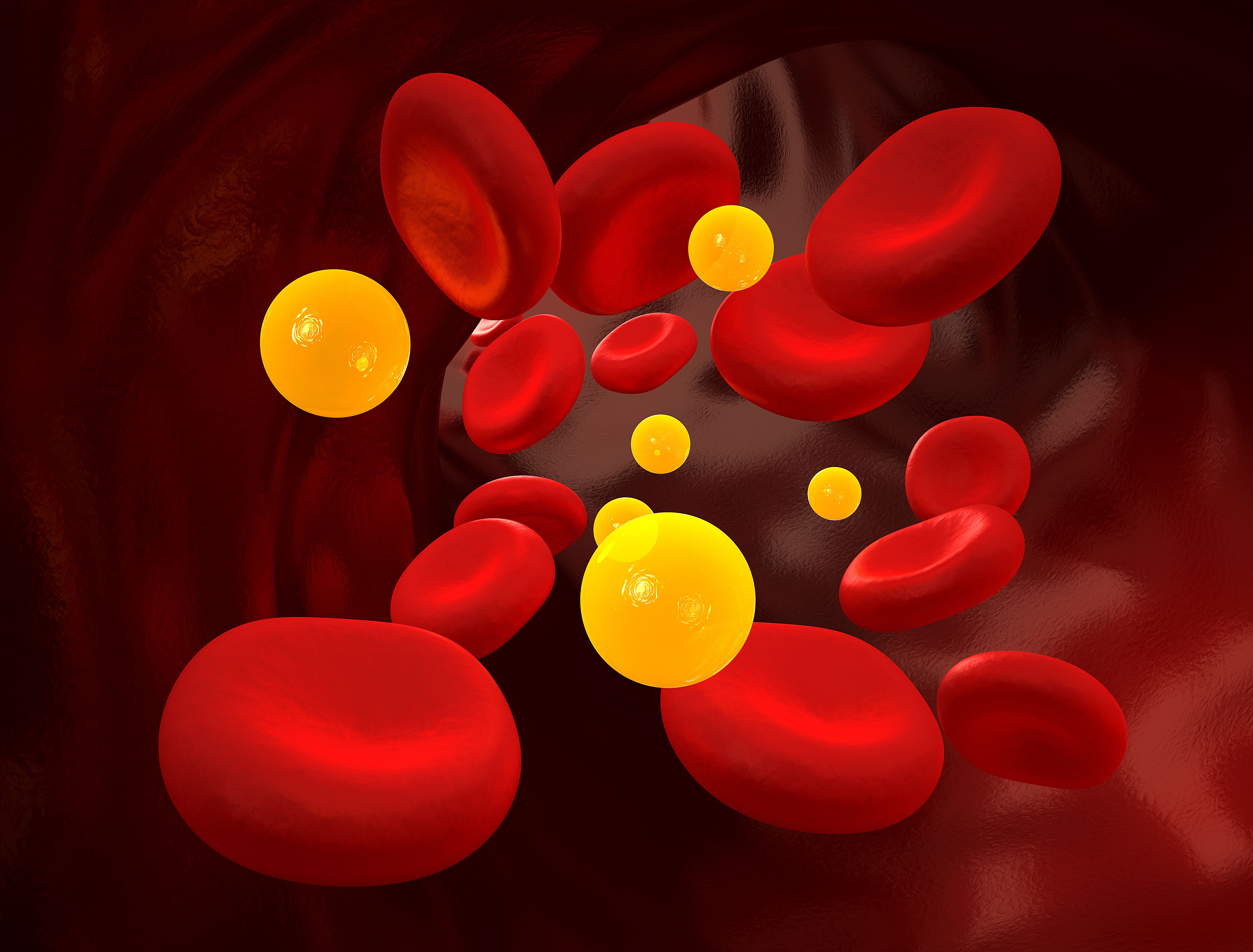Video
Paradigm Shift in Lipid Management: Series Takeaways
Author(s):
Transcript:
Alan Brown, MD: I’m going to finish by going around the room. We covered a lot of ground today in the 90 minutes we’ve been talking. I’m going to have each of you give the most important points that you’d like to share with our audience from this discussion. You can pick a single item that we talked about, or you can give an overview.
Matt, I’m going to start with you. What do you think the take-away points are from today’s discussion?
Matthew J. Budoff, MD: We talked a lot about adherence. I agree with some of the earlier things that were said about the potential of inclisiran and other therapies to improve compliance by bringing the patient in, or at least getting them to think about their overall health and not just their lipid health. It is another benefit of the CT [computerized tomography] scan, and of the calcium scores. It lets people know that even though they feel well, their arteries don’t look as well. It really helps with adherence. It’s been shown to help with statin compliance. It’s been shown to help with lifestyles changes, weight loss, and diet. I wouldn’t underestimate the potential of any of these mechanisms, whether it’s drug, physician interactions, or an imaging study, to help us get to our goals. Without the patient taking all of these great therapies, they don’t work very well.
Alan Brown, MD: Keith, what are your thoughts?
Keith C. Ferdinand, MD: We should continue to have shared decision-making vs using the novel term. Empower patients to know why they’re taking a particular medication or therapeutic so that they can feel empowered to partner with their care.
Alan Brown, MD: Thank you, Keith. Seth, what are your final thoughts?
Seth J. Baum, MD: I don’t know if it’s pressing, but the thought I just can’t get away from is that I always love listening to Keith. Keith is one of the smartest, wisest men I know. Thank you, Keith. It’s been a pleasure speaking with you and listening to you.
I also recognize, as we’re going around the group talking about all these different diagnostics and therapeutics, just how many tools we have to treat and prevent cardiovascular disease. We have to be able to utilize these tools. We have to know what they are to be able to use them, and this is a wonderful opportunity to get some information out.
I also want to point out the flexibility. We all understand the guidelines, but we also have different ways of doing things. As long as we aim for the same goal, hopefully get there, and we’re doing the right thing, it’s good for the patients.
Alan Brown, MD: Pam, last, but never least, what are your thoughts?
Pamela Bowe Morris, MD: I want to build on what Seth had said. I love that we’re having this conversation at all. Many of you may remember the dark years of disappointment in prevention—the niacin trials, the CETP [cholesterylester transfer protein] inhibitor trials. We were so limited before we had these novel, new-and-emerging lipid-line therapies and before we had new therapies targeting inflammation and residual risk. I love that we now have to have these conversations to debate which agent first. Do we do them all together? How much prevention can a patient take? We have a plethora of options now to get at residual risk, and it’s a wonderful conversation and a wonderful problem to have.
Alan Brown, MD: Thank you all for your summary statements and for all the interesting conversation over the past 90 minutes. It went quickly to me. I hope you all enjoyed it. Also, I hope our audience enjoyed it as much as we did. I would like to say that when you’re struggling with what to do with patients, or when you have a difficult dilemma in the field of dyslipidemia, take comfort in the guidelines. If you start there, that’s a good basic landing pad for you to go from. Go back to the guidelines and start there first. Once you’ve done that, then you can use your clinical judgement for those areas where we don’t have guidelines to guide us. But it’s a good safety net to base your therapy in guidelines. You’ll make fewer errors than if you try to take patients individually and use a hit-or-miss attitude.
Secondly, while we talked about the nuances of different biomarkers and other things that are so fascinating to us, just treat. You heard the same theme from everyone on the panel that you should have a shared decision-making approach with your patients. That should be based in data. You should treat, be aggressive, and if your patients don’t meet the established thresholds in the guidelines, add therapy and be more aggressive.
Finally, it’s a bright future. I remember 35 years ago when I started in this field thinking that pretty quickly, we’re going to be bored. Once we get past statin therapy, there’ll be nothing else to get excited about. I can safely say that everyone on this presentation gets excited every year. There’s always something new that is better for our patients and to keep us interested.
With that, I’d like to thank my guests to day, Seth Baum, Matt Budoff, Keith Ferdinand, and Pam Morris, for a really robust discussion. I hope you all enjoyed it. Thank you very much.
Thank you, again, to our viewing audience. We hope you found this HCPLive® Peer Exchange discussion to be useful and informative. Thank you for watching this HCPLive® Peer Exchange. If you enjoyed the content, please subscribe to our e-newsletters to receive upcoming Peer Exchanges and other great content right in your inbox.
Transcript Edited for Clarity





